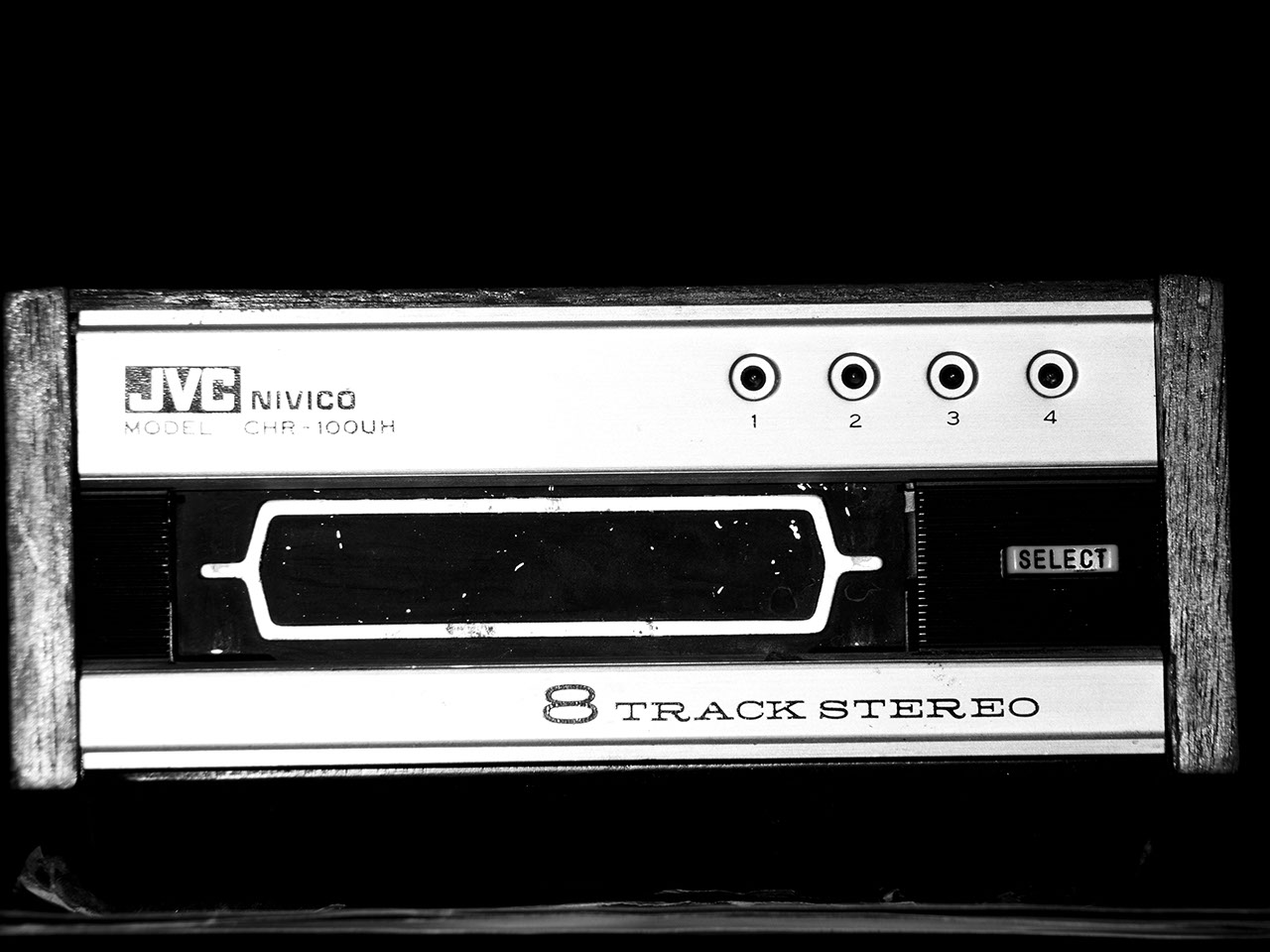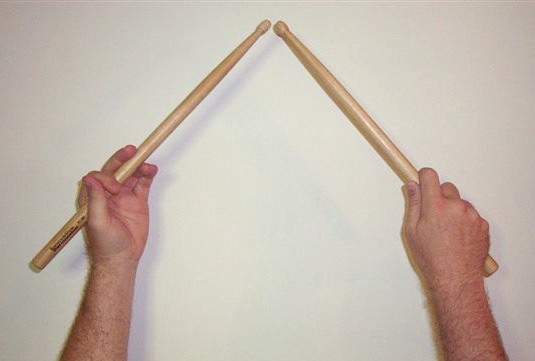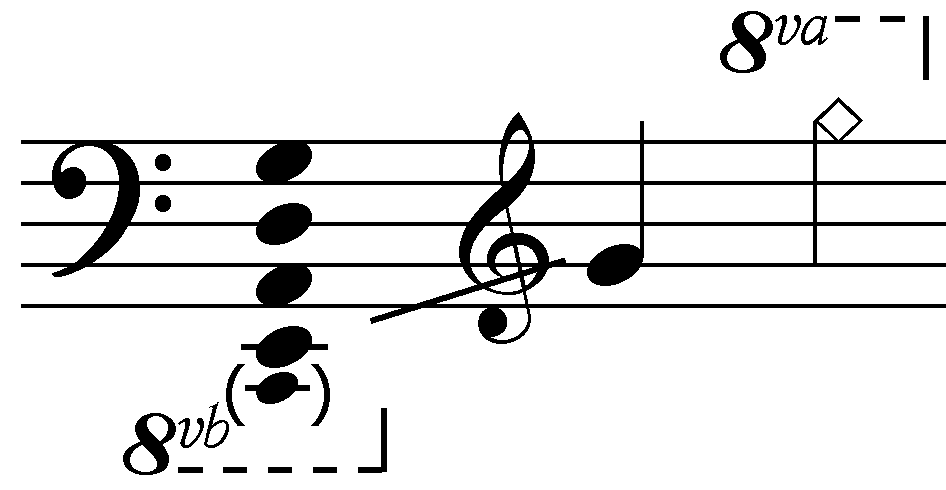|
Jazz Sahib
''Jazz Sahib'' is an album by American jazz saxophonist Sahib Shihab recorded in 1957 for the Savoy label. accessed May 2, 2016 Reception The review by Ron Wynn states: "This excellent reissue spotlights great groups Sahib worked with in late 50s".Track listing :''All compositions by Sahib Shihab, except where indicated.'' # "S.M.T.W.T.F.S.S. Blues" - 4:56 # "Jamila" - 5:33 # "The Moors" () - 7:19 # "Blu-a-Round" - 10:17 # "Le' Sneak" - ...[...More Info...] [...Related Items...] OR: [Wikipedia] [Google] [Baidu] |
Sahib Shihab
Sahib Shihab (born Edmund Gregory; June 23, 1925 – October 24, 1989) was an American jazz and hard bop saxophonist (baritone, alto, and soprano) and flautist. He variously worked with Luther Henderson, Thelonious Monk, Fletcher Henderson, Tadd Dameron, Dizzy Gillespie, Kenny Clarke, John Coltrane and Quincy Jones among others. Biography He was born in Savannah, Georgia, United States. Edmund Gregory first played alto saxophone professionally for Luther Henderson aged 13, and studied at the Boston Conservatory, and to perform with trumpeter Roy Eldridge. He played lead alto with Fletcher Henderson in the mid-1940s. He was one of the first jazz musicians to convert to Islam and changed his name in 1947. He belonged to the Ahmadiyya sect of Islam. – American jazz double bassist During the late 1940s, Shihab played with Thelonious Monk, and on July 23, 1951 he recorded with Monk (later issued on the album ''Genius of Modern Music: Volume 2''). During this period, he also appear ... [...More Info...] [...Related Items...] OR: [Wikipedia] [Google] [Baidu] |
Bill Evans
William John Evans (August 16, 1929 – September 15, 1980) was an American jazz pianist and composer who worked primarily as the leader of his trio. His use of impressionist harmony, interpretation of traditional jazz repertoire, block chords, and trademark rhythmically independent, "singing" melodic lines continues to influence jazz pianists today. Born in Plainfield, New Jersey, United States, he was classically trained at Southeastern Louisiana University and the Mannes School of Music, in New York City, where he majored in composition and received the Artist Diploma. In 1955, he moved to New York City, where he worked with bandleader and theorist George Russell (composer), George Russell. In 1958, Evans joined Miles Davis's sextet, which in 1959, then immersed in modal jazz, recorded ''Kind of Blue'', the best-selling jazz album ever. In late 1959, Evans left the Miles Davis band and began his career as a leader, with bassist Scott LaFaro and drummer Paul Motian, a gr ... [...More Info...] [...Related Items...] OR: [Wikipedia] [Google] [Baidu] |
Albums Recorded At Van Gelder Studio
An album is a collection of audio recordings issued on compact disc (CD), vinyl, audio tape, or another medium such as digital distribution. Albums of recorded sound were developed in the early 20th century as individual 78 rpm records collected in a bound book resembling a photograph album; this format evolved after 1948 into single vinyl long-playing (LP) records played at rpm. The album was the dominant form of recorded music expression and consumption from the mid-1960s to the early 21st century, a period known as the album era. Vinyl LPs are still issued, though album sales in the 21st-century have mostly focused on CD and MP3 formats. The 8-track tape was the first tape format widely used alongside vinyl from 1965 until being phased out by 1983 and was gradually supplanted by the cassette tape during the 1970s and early 1980s; the popularity of the cassette reached its peak during the late 1980s, sharply declined during the 1990s and had largely disappear ... [...More Info...] [...Related Items...] OR: [Wikipedia] [Google] [Baidu] |
Savoy Records Albums
Savoy (; frp, Savouè ; french: Savoie ) is a cultural-historical region in the Western Alps. Situated on the cultural boundary between Occitania and Piedmont, the area extends from Lake Geneva in the north to the Dauphiné in the south. Savoy emerged as the feudal County of Savoy ruled by the House of Savoy during the 11th to 14th centuries. The original territory, also known as "ducal Savoy" or "Savoy proper", is largely co-terminous with the modern French Savoie and Haute-Savoie ''départements'', but the historical expansion of Savoyard territories, as the Duchy of Savoy (1416–1860) included parts of what is now western Italy and southwestern Switzerland. The current border between France and Italy is due to the Plombières Agreement of 1858, which in preparation for the unification of Italy ceded western Savoy to France, while the eastern territories in Piedmont and Liguria were retained by the House of Savoy, which was to become the ruling dynasty of Italy. Geogr ... [...More Info...] [...Related Items...] OR: [Wikipedia] [Google] [Baidu] |
Sahib Shihab Albums
Sahib or Saheb (; ) is an Arabic title meaning 'companion'. It was historically used for the first caliph Abu Bakr in the Quran. The title is still applied to the caliph by Sunni Muslims. As a loanword, ''Sahib'' has passed into several languages, including Persian, Kurdish, Turkish, Kazakh, Uzbek, Turkmen, Tajik, Crimean Tatar, Urdu, Hindi, Punjabi, Pashto, Bengali, Gujarati, Marathi, Rohingya and Somali. During medieval times, it was used as a term of address, either as an official title or an honorific. Now, in South and Central Asia, it's almost exclusively used to give respect to someone higher or lower. For example, drivers are commonly addressed as ''sahib'' in South Asia and so on. The honorific has largely been replaced with '' sir''. Some shorten ''sahib'' to saab. Derived non-ruling princes' titles Sahibzada ''Sahibzada'' is a princely style or title equivalent to, or referring to a young prince. This derivation using the Persian suffix ''-zada(h)'', literall ... [...More Info...] [...Related Items...] OR: [Wikipedia] [Google] [Baidu] |
1957 Albums
1957 (Roman numerals, MCMLVII) was a Common year starting on Wednesday, common year starting on Tuesday of the Gregorian calendar, the 1957th year of the Common Era (CE) and ''Anno Domini'' (AD) designations, the 957th year of the 2nd millennium, the 57th year of the 20th century, and the 8th year of the 1950s decade. Events January * January 1 – The Saarland joins West Germany. * January 3 – Hamilton Watch Company introduces the first electric watch. * January 5 – South African player Russell Endean becomes the first batsman to be Dismissal (cricket), dismissed for having ''handled the ball'', in Test cricket. * January 9 – British Prime Minister Anthony Eden resigns. * January 10 – Harold Macmillan becomes Prime Minister of the United Kingdom. * January 11 – The African Convention is founded in Dakar. * January 14 – Kripalu Maharaj is named fifth Jagadguru (world teacher), after giving seven days of speeches before 500 Hindu scholars. * January 15 – The film ' ... [...More Info...] [...Related Items...] OR: [Wikipedia] [Google] [Baidu] |
Drum Kit
A drum kit (also called a drum set, trap set, or simply drums) is a collection of drums, cymbals, and other auxiliary percussion instruments set up to be played by one person. The player (drummer) typically holds a pair of matching drumsticks, one in each hand, and uses their feet to operate a foot-controlled hi-hat and bass drum pedal. A standard kit may contain: * A snare drum, mounted on a stand * A bass drum, played with a beater moved by a foot-operated pedal * One or more tom-toms, including rack toms and/or floor toms * One or more cymbals, including a ride cymbal and crash cymbal * Hi-hat cymbals, a pair of cymbals that can be manipulated by a foot-operated pedal The drum kit is a part of the standard rhythm section and is used in many types of popular and traditional music styles, ranging from rock and pop to blues and jazz. __TOC__ History Early development Before the development of the drum set, drums and cymbals used in military and orchestral mu ... [...More Info...] [...Related Items...] OR: [Wikipedia] [Google] [Baidu] |
Art Taylor
Arthur S. Taylor Jr. (April 6, 1929 – February 6, 1995) was an American jazz drummer, who "helped define the sound of modern jazz drumming".Watrous, Peter (February 7, 1995)"Art Taylor, 65, Jazz Drummer Who Inspired Young Musicians" ''The New York Times''. Career As a teenager, Taylor joined a local Harlem band that featured Sonny Rollins, Jackie McLean and Kenny Drew. After playing in the bands of Howard McGhee (1948), Coleman Hawkins (1950–51), Buddy DeFranco (1952), Bud Powell (1953), George Wallington and Art Farmer (1954), Powell and Wallington again (1954–55), Gigi Gryce and Donald Byrd (1956), he formed his own group, Taylor's Wailers.Feather, Leonard & Gitler, Ira (2007), ''The Biographical Encyclopedia of Jazz'', p. 637. Oxford University Press. Between 1957 and 1963, he toured with Donald Byrd, recorded with Miles Davis, Gene Ammons and John Coltrane, and performed with Thelonious Monk; Taylor also was a member of the original Kenny Dorham Quartet of 195 ... [...More Info...] [...Related Items...] OR: [Wikipedia] [Google] [Baidu] |
Double Bass
The double bass (), also known simply as the bass () (or #Terminology, by other names), is the largest and lowest-pitched Bow (music), bowed (or plucked) string instrument in the modern orchestra, symphony orchestra (excluding unorthodox additions such as the octobass). Similar in structure to the cello, it has four, although occasionally five, strings. The bass is a standard member of the orchestra's string section, along with violins, viola, and cello, ''The Orchestra: A User's Manual'' , Andrew Hugill with the Philharmonia Orchestra as well as the concert band, and is featured in Double bass concerto, concertos, solo, and chamber music in European classical music, Western classical music.Alfred Planyavsky [...More Info...] [...Related Items...] OR: [Wikipedia] [Google] [Baidu] |
Oscar Pettiford
Oscar Pettiford (September 30, 1922 – September 8, 1960) was an American jazz double bassist, cellist and composer. He was one of the earliest musicians to work in the bebop idiom. Biography Pettiford was born in Okmulgee, Oklahoma, United States. His mother was Choctaw, and his father Harry "Doc" Pettiford was half Cherokee and half African American. He grew up playing in the family band in which he sang and danced before switching to piano at the age of 12, then to double bass when he was 14. He is quoted as saying he did not like the way people were playing the bass, so he developed his own way of playing it. Despite being admired by the likes of Milt Hinton at the age of 14, he gave up in 1941 as he did not believe he could make a living. Five months later, he once again met Hinton, who persuaded him to return to music. In 1942, he joined the Charlie Barnet band and in 1943 gained wider public attention after recording with Coleman Hawkins on his " The Man I Love". P ... [...More Info...] [...Related Items...] OR: [Wikipedia] [Google] [Baidu] |
Paul Chambers
Paul Laurence Dunbar Chambers Jr. (April 22, 1935 – January 4, 1969) was an American jazz double bassist. A fixture of rhythm sections during the 1950s and 1960s, he has become one of the most widely-known jazz bassists of the hard bop era. He was also known for his bowed solos. Chambers recorded about a dozen albums as a leader or co-leader, and over 100 more as a sideman, especially as the anchor of trumpeter Miles Davis's " first great quintet" (1955–63) and with pianist Wynton Kelly (1963–68). Biography Born in Pittsburgh, Pennsylvania on April 22, 1935, to Paul Lawrence Chambers and Margaret Echos. He was brought up in Detroit, Michigan following the death of his mother. He began playing music with several of his schoolmates on the baritone horn. Later he took up the tuba. "I got along pretty well, but it's quite a job to carry it around in those long parades, and I didn't like the instrument that much". Bass playing Chambers switched to the double bass around 1949 ... [...More Info...] [...Related Items...] OR: [Wikipedia] [Google] [Baidu] |
Piano
The piano is a stringed keyboard instrument in which the strings are struck by wooden hammers that are coated with a softer material (modern hammers are covered with dense wool felt; some early pianos used leather). It is played using a musical keyboard, keyboard, which is a row of keys (small levers) that the performer presses down or strikes with the fingers and thumbs of both hands to cause the hammers to strike the strings. It was invented in Italy by Bartolomeo Cristofori around the year 1700. Description The word "piano" is a shortened form of ''pianoforte'', the Italian term for the early 1700s versions of the instrument, which in turn derives from ''clavicembalo col piano e forte'' (key cimbalom with quiet and loud)Pollens (1995, 238) and ''fortepiano''. The Italian musical terms ''piano'' and ''forte'' indicate "soft" and "loud" respectively, in this context referring to the variations in volume (i.e., loudness) produced in response to a pianist's touch or pressure on ... [...More Info...] [...Related Items...] OR: [Wikipedia] [Google] [Baidu] |





.jpg)
